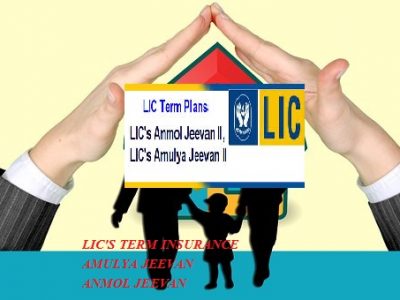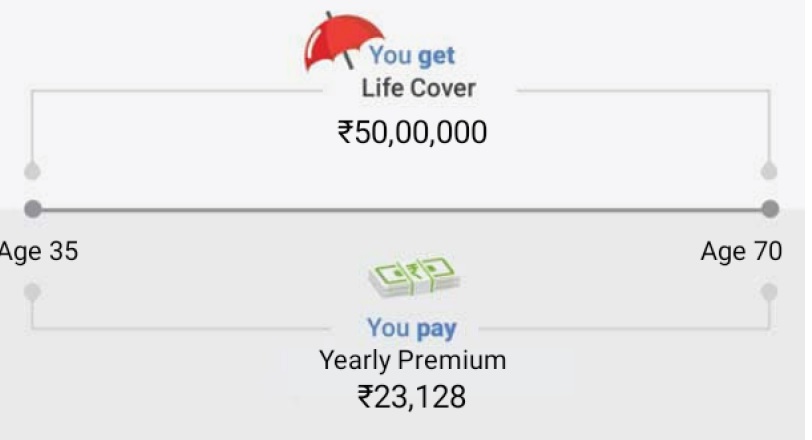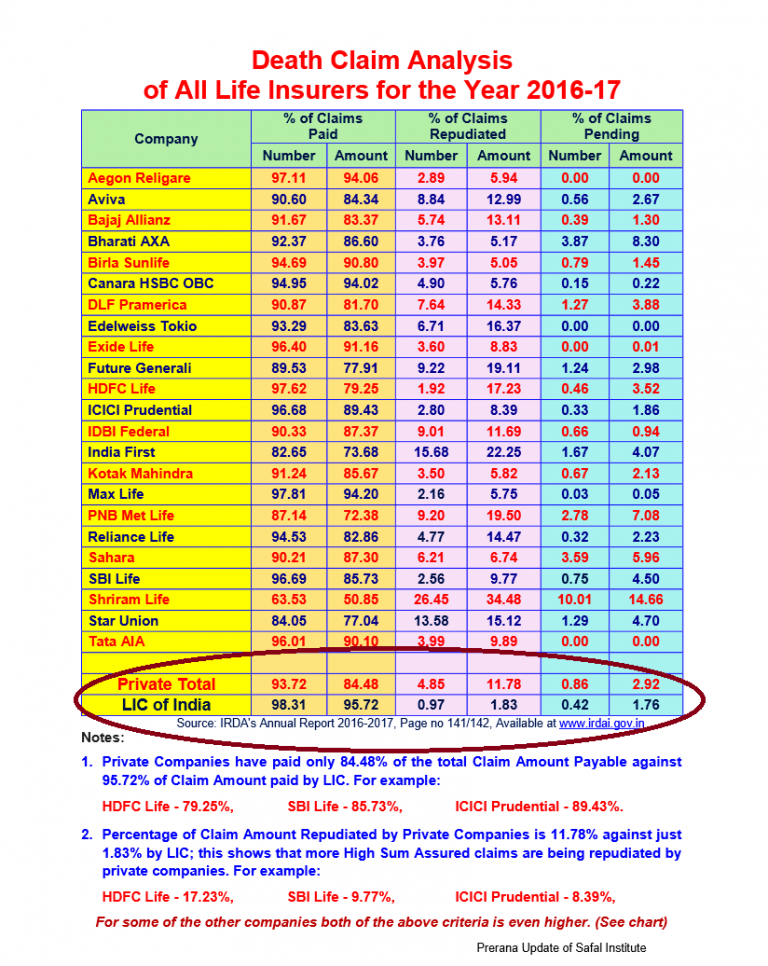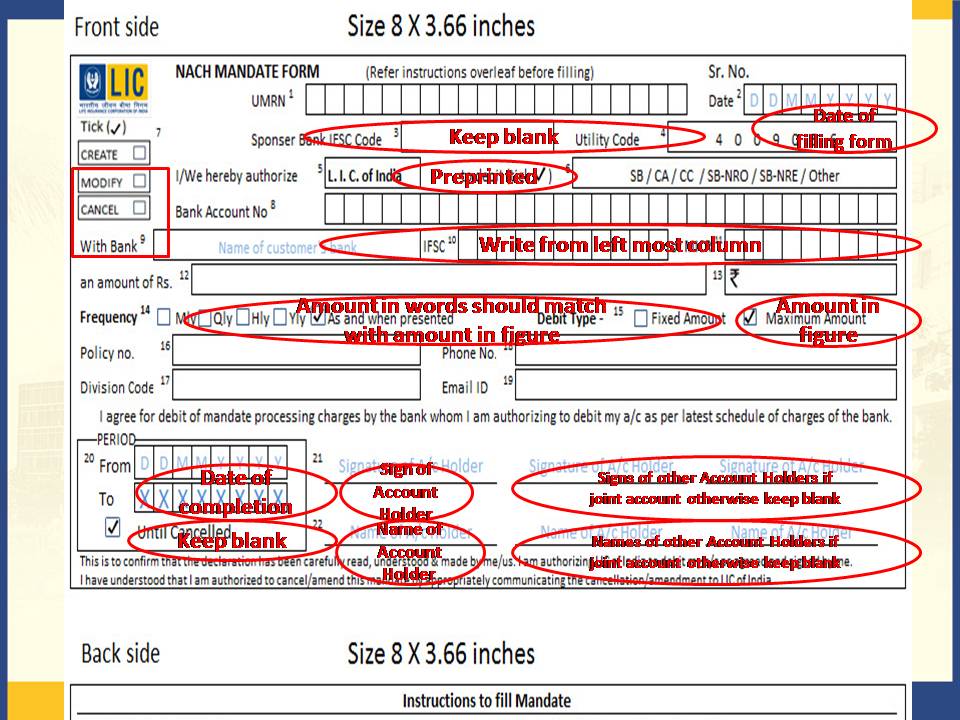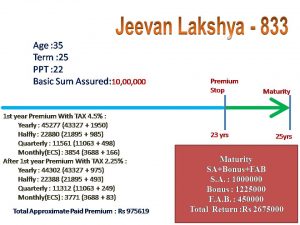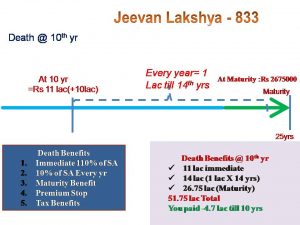Insurance rider is a kind of add-on benefits to the primary policy, which offers extra benefits with a bit extra premium over the policy subject to certain condition.On such way to maximize the policy benefits on your LIC policy and You may customize it to suit your specific needs is by opting for rider.
So Rider is for extra benefits with extra cost. But extra premium will not affect Maturity.
Suppose i took DAB (double accidental benefit ) rider alongwith my LIC policy, If i die due to accident then my family will get double of sum assured.
Types of RIDERS in LIC
1.PWB (Premium waiver benefit)
2.A.B(Accidental Benefits)
3.A.D& D.B (Accidental Benefits and Disability benefits)
4. T.R.(Term rider)
5. C.I.R (Critical illness Rider)
1.PWB (Premium waiver benefit)
PLANS available for PWB: 832, 834 & 848.
- If father/mother take policies for child they can take pwb rider, in this rider if proposer dies then next premium will be waived.
- It can be included at time of INCEPTION or LATER (atleast min 5 years ppt/term must be left before Date Of Maturity (DOM)
- The death of the proposer must be before the completion of 18 yrs of age.
- All the future premiums will be waived till Prem Paying Term/Policy Term.
2) A.B(Accident Death Benefit)
- Plans numbers available for this Riders are 827, 835, 843, 844 (845, 847, 848).
- It covers Accidental death before the DOM or 70 yrs of age.
- For plans in the bracket till ppt only.
3. A.D.& D.B(Accidental Death & Disability Benefit)
Plans available for this Riders are 814, 815, 820, 821, 830, 833, 836, 838, 845, 846, 847 & 848.
- AD & DB covers both Accidental death and disability due to Accident.
- Disability means due to any of the 4 out of 6 activities couldn’t be performed mention below.
1) Dressing
2) Feeding
3) Washing
4) Toileting
5) Mobility
6) Transfering
Benefits of Disability riders
1) Waiver of future premiums
2) AB sum assured divided by 120 and payable mly for 10 yrs
3) SB if any payable
4) Maturity benefits payable.
If Death occurs before Maturity Death Claim also payable.
4) T.R(Term Rider) benefits
Plans available for this Riders are: 814, 815, 820, 821, 830, 833, 836, 845, 847 & 848..
- An Additional S. A is payable on Death of the P.H before maturity by any way.
5) C.I.R(Critical Illness Rider)
- Plans available for this Riders are: 814, 815, 820, 821, 830, 836, 838, 845, 847 & 848.
- On the 1st diagnosis of any of the 15 diseases mentioned in the circular dt 19.12.2016 N.B Dept. The CIR S.A is payable to the PH ON survival after 30 days of the Diagnosis.
- Min. 1 lakh
- Max. S.A. Overall limit 25 lakhs per person.
(If we take Cancer Cover plan this benefit is upto 50 lacs.)




